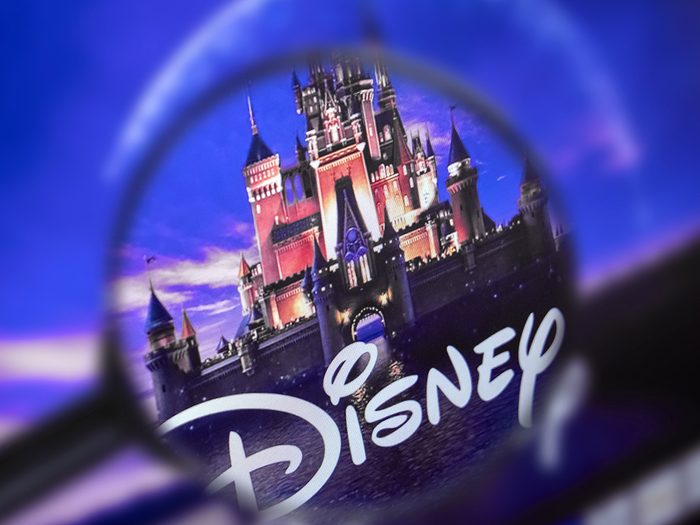
Magical Disney Facts Most People Don’t Know
From tiny studio to massive conglomerate
Disney turned 100 this year, and it looks a lot different from the tiny animation studio it once was. Walter Elias Disney and his brother Roy originally launched the Disney Brothers Cartoon Studio with a series of short films about a girl and her cat. Today, the Walt Disney Company is, after Apple, the world’s second-largest multinational mass-media and entertainment conglomerate. In the century that it’s been making films, Disney has earned 135 Oscars. Walt Disney himself holds the record for the most Academy Awards earned by an individual (22).
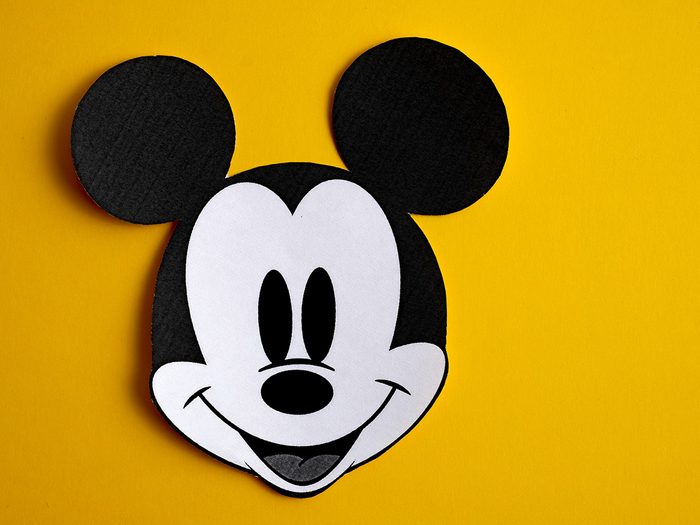
The making of Mickey
Mickey mouse, created in 1928, was not the first Disney character (that distinction belongs to Oswald the Lucky Rabbit), but he is certainly the most popular: Mickey was the first animated character to earn a star on Hollywood’s Walk of Fame, in 1978 (his 50th birthday), and according to market researchers, he is more famous among children globally than Santa Claus. The iconic “mouse ears” remain Disney’s most popular piece of merchandise, with annual sales of US$3 million.
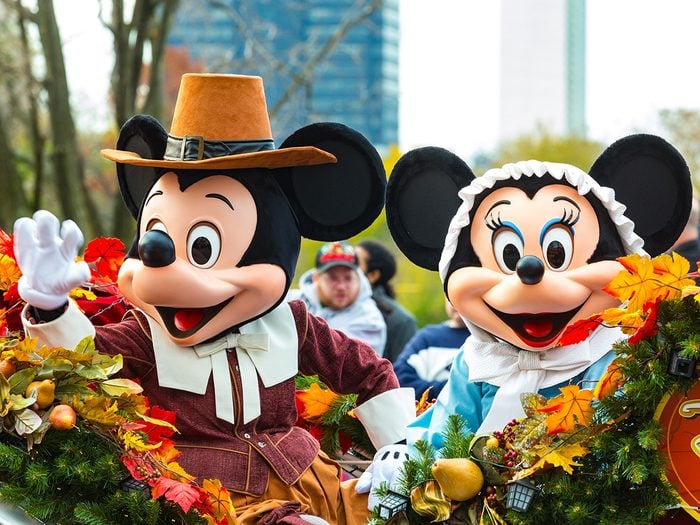
True love
In a case of life imitating art, the voice actors behind Mickey and Minnie met and fell in love while on the job. Wayne Allwine voiced Mickey from 1977 to 2009—a record 32 years in the role. He met Russi Taylor, the voice behind Minnie, in 1988, and the two were married from 1991 until Allwine’s death in 2009.
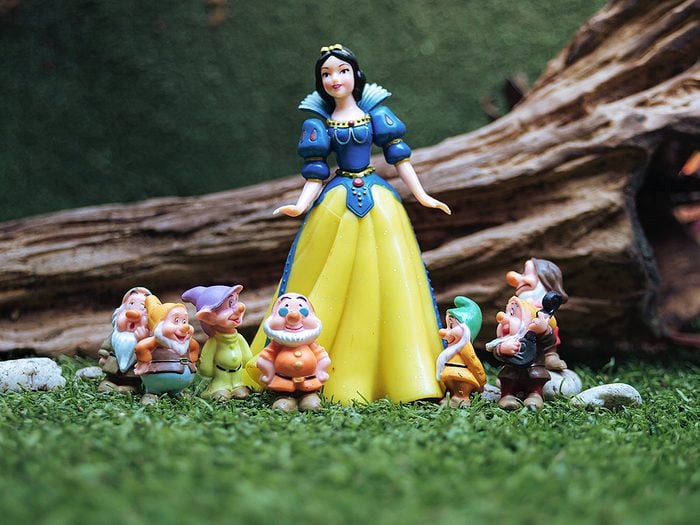
“Disney’s Folly”
Snow White and the Seven Dwarfs, which hit theatres in 1937, was Disney’s first full-length film and the first ever animated feature made in full colour and with sound. It took three years to produce and was three times over budget, for a total cost of US$1.5 million. Insiders even nicknamed the project “Disney’s Folly.” But it paid off: The film earned more than US$8 million during its initial release.
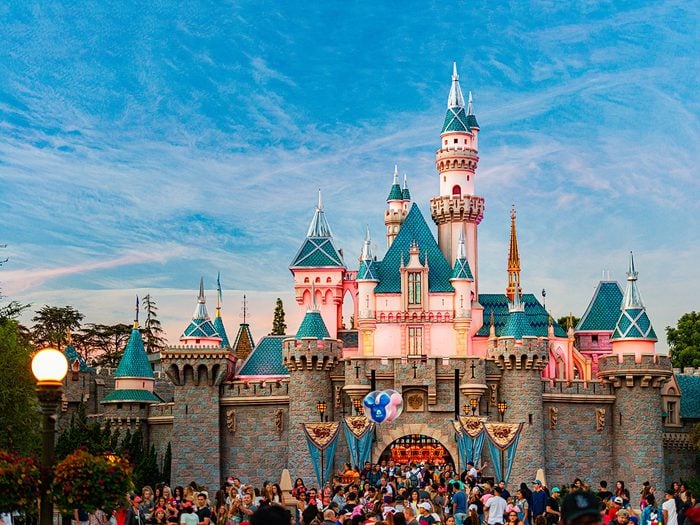
The mother theory
Fresh off this success at age 37, Walt purchased a new home for his parents in 1938, but tragically, faulty wiring led to the death of his mother, Flora, from carbon monoxide poisoning. One popular fan theory is that this intense loss is the reason for the “dead mother phenomenon” in films such as Bambi, The Jungle Book, The Little Mermaid, Beauty and the Beast and many others.
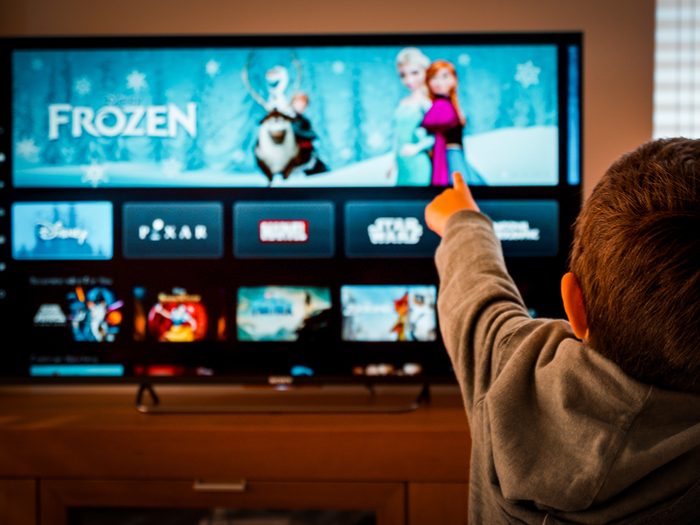
Frozen (literally?)
According to suitably cinematic lore, the body of Walt Disney was cryogenically frozen following his death in 1966 at the age of 65. The rumour, first reported in a tabloid called The National Spotlite, even spawned a related conspiracy theory that the 2013 hit Frozen was so named to redirect internet searches about the founder’s final resting place. Plenty of people, including Disney’s daughter, have confirmed that Walt was cremated, but the internet just won’t “Let It Go.”
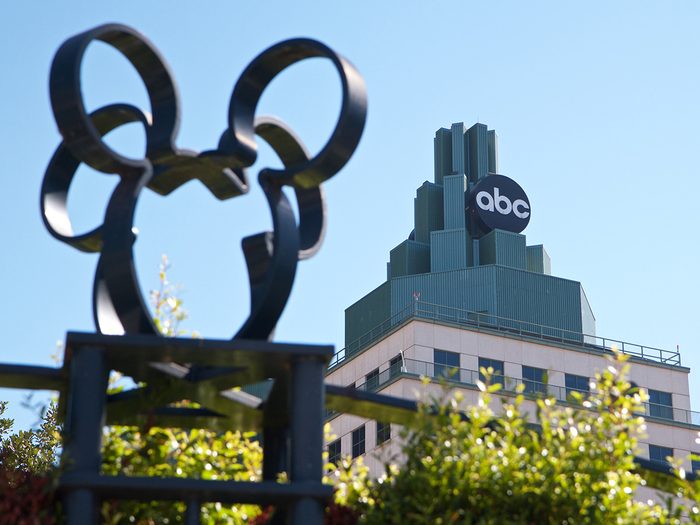
TV and media acquisitions
The Marvel Universe is one of Disney’s highest-profile acquisitions, purchased in 2009 for US$4 billion and now worth more than US$59 billion. Surprisingly, studio entertainment (movies) account for just 11 percent of Disney’s total revenue. Television and media networks (Disney owns ABC, ESPN, FX and National Geographic, among others) are the biggest moneymakers at 35 percent, followed by theme parks and merchandise at 33 percent. Streaming services (Disney+) account for 21 percent.
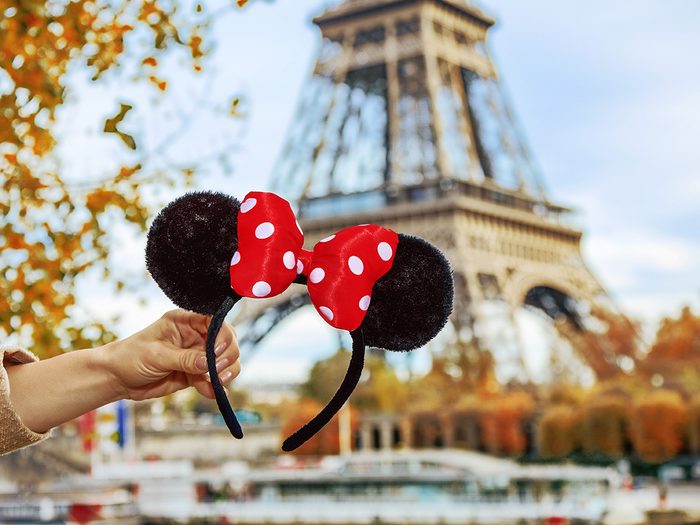
Parks around the world
The idea for a theme park was originally conceived as “Mickey Mouse Park” on a 3.2 hectare lot, but when Disneyland opened in 1955 it stretched over 64 hectares. Within the first 10 weeks, the California-based park had welcomed one million visitors. Collectively, Disney theme parks—with international locations in Tokyo, Paris, Hong Kong and Shanghai—welcome more than 115 million visitors each year.
Enjoying these Disney facts? Check out these fascinating facts about drones next.
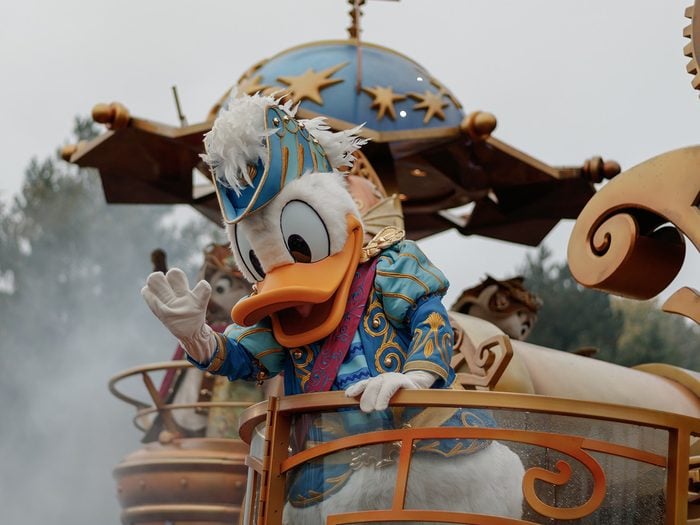
Disney’s tunnels
Beneath many Disney parks is a network of interconnected tunnels for the transportation of staff and merchandise—a brainwave of Walt himself, who was irked after spotting costumed characters in the wrong themed areas while making their way to their intended location. The original and largest system of these tunnels exists at the Magic Kingdom in Orlando, extending across 3.6 hectares and costing more to build than the theme park itself.
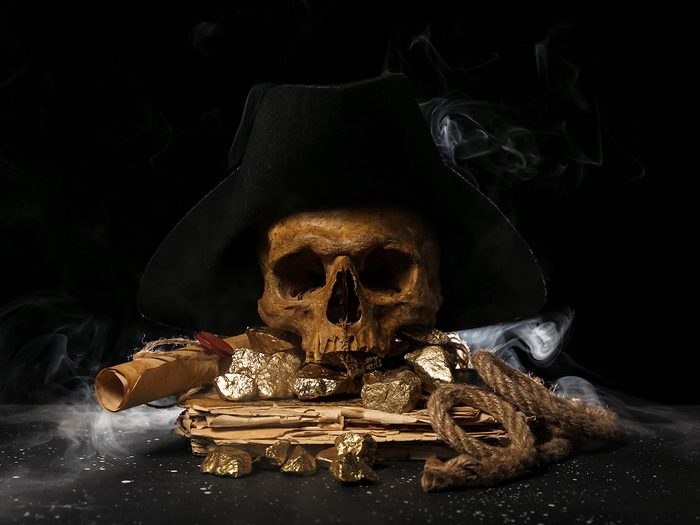
A 1967 theme ride used real skeletons
Disneyland’s Space Mountain in California, which was constructed in 1975, was designed in consultation with a NASA astronaut and cost US$18 million to build (more than the cost to construct the entire park just 20 years earlier). And if you were among the first visitors to ride Pirates of the Caribbean in 1967, those skeletons and skulls weren’t just props but real human remains acquired from the UCLA Medical Center. Once fake skeleton technology improved, the remains were replaced (and given a proper burial).
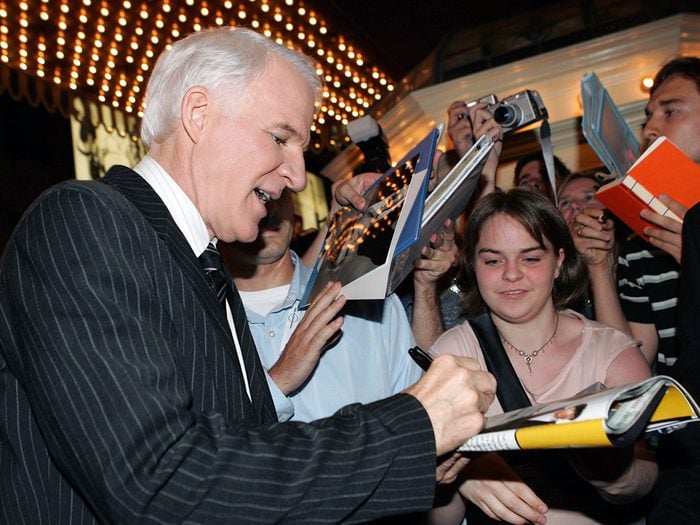
Celebrity training ground
Working at Disneyland in California has been a launching pad for many celebrities. Steve Martin honed his sleight-of-hand skills at Merlin’s Magic Shop in Fantasyland, Kevin Costner worked as a skipper on the Jungle Cruise and Robin Williams performed as a mime on Main Street.
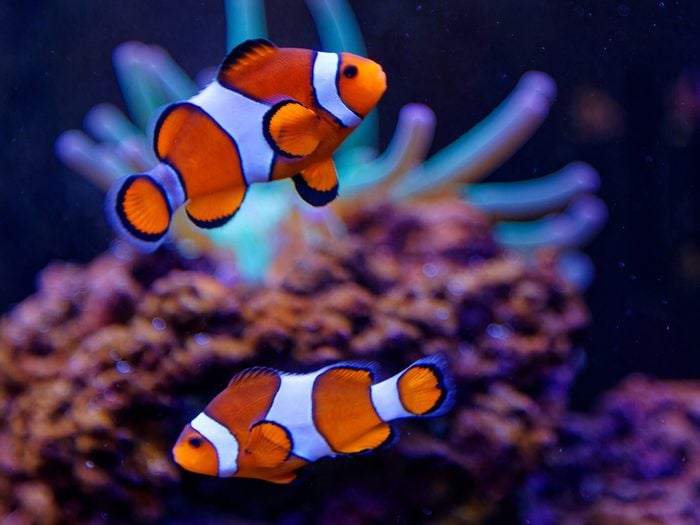
Flushing fish and other bad ideas
The success of 2003’s Finding Nemo produced a less than picture-perfect side effect when kids started “freeing” their pet fish by flushing them down the toilet, leading to an uptick in emergency plumbing calls across the U.S. Other “don’t try this at home” trends included a rash of amphibian kissing (and a spike in child salmonella cases) following 2009’s The Princess and the Frog, and the Guardians of the Galaxy TikTok challenge that encouraged riders of the Mission: Breakout ride at Disney California Adventure Park to improperly adjust their seatbelts to increase airtime.
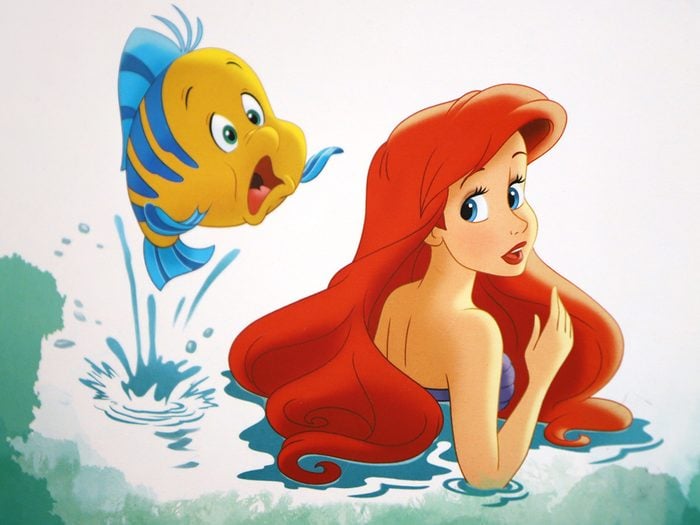
Real-life inspiration
Disney characters have often been inspired by real people: Jessica Rabbit was a tribute to ’60s pin-up Rita Hayworth. Illustrators looked at photos of then-teenaged actress Alyssa Milano to create Ariel in The Little Mermaid. The vultures in The Jungle Book were inspired by another fab four: the Beatles. Aladdin’s toothy grin comes direct from Tom Cruise. And the titular trash compactor in Wall-E is rumoured to be named in honour of none other than Walter Elias Disney.
Now that you’re caught up on Disney facts, awaken your inner railfan with these facts about trains.